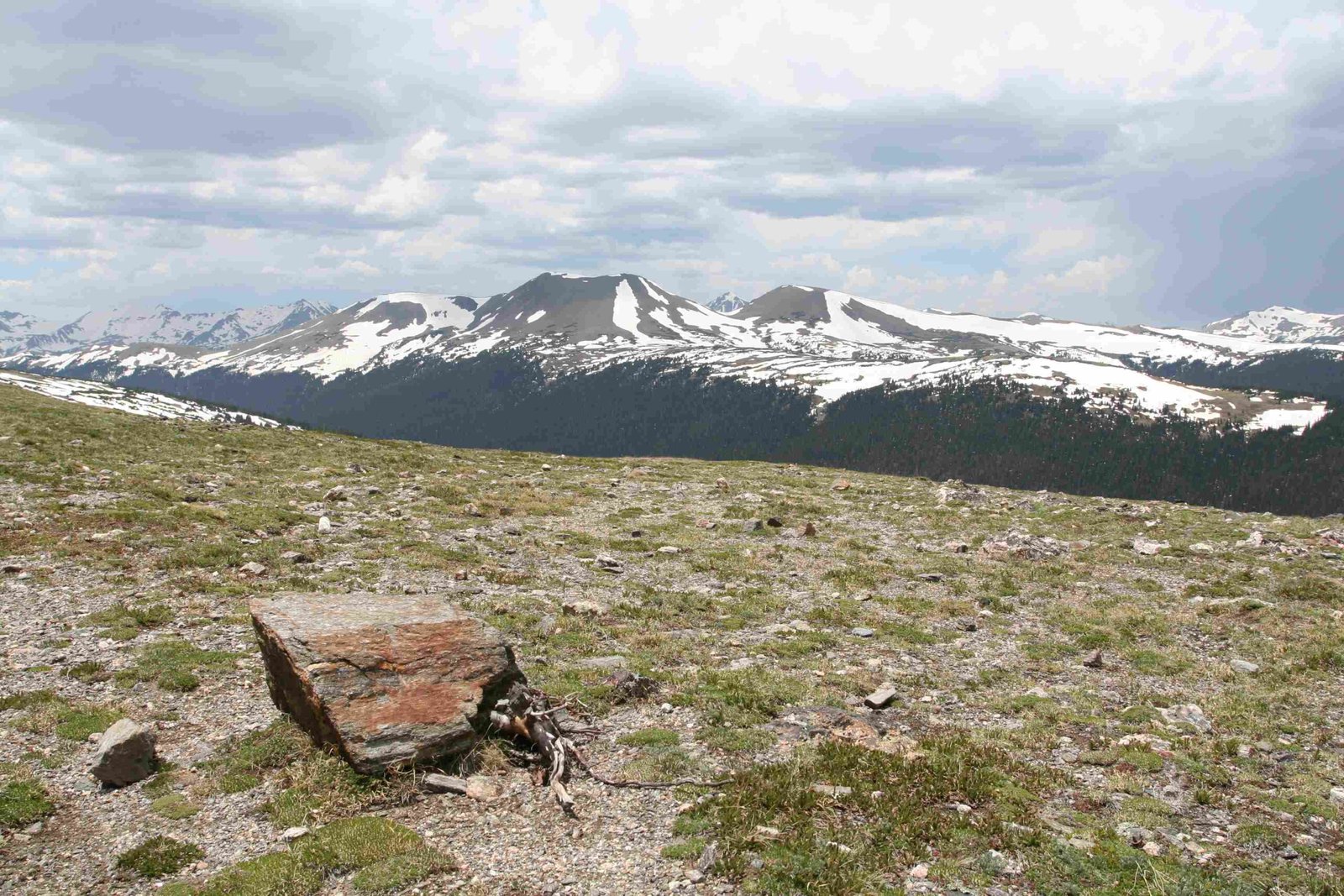Rocky Mountain National Park offers diverse terrain and weather conditions, making footwear choice crucial. While hiking boots aren’t always necessary, they’re highly recommended for most trails. The park’s elevation changes, rocky paths, and unpredictable weather often demand sturdy, supportive footwear. This article explores the factors to consider when deciding if you need hiking boots for your Rocky Mountain adventure.
What Are the Terrain Challenges in Rocky Mountain National Park?

Rocky Mountain National Park presents various terrain challenges that influence footwear choice:
- Elevation Changes: Trails range from 7,700 to 14,000 feet
- Rocky Paths: Many trails feature uneven, rocky surfaces
- Alpine Tundra: Higher elevations have exposed, rugged terrain
- Water Crossings: Some trails involve stream or river crossings
- Snow and Ice: Present at higher elevations, even in summer
These conditions often necessitate sturdy footwear with good traction and support.
When Can I Use Regular Shoes Instead of Hiking Boots?

While hiking boots are generally recommended, there are situations where regular shoes might suffice:
- Short, well-maintained trails (e.g., Bear Lake Loop)
- Paved nature walks (e.g., Sprague Lake)
- Visitor center areas and scenic drives
However, even on easier trails, closed-toe shoes with good traction are essential for safety.
What Features Should I Look for in Hiking Boots for Rocky Mountain National Park?
When choosing hiking boots for Rocky Mountain National Park, consider these key features:
- Waterproofing: Essential for stream crossings and unexpected weather
- Ankle Support: Helps prevent injuries on uneven terrain
- Sturdy Soles: Provides traction on rocky and potentially slippery surfaces
- Breathability: Keeps feet comfortable during strenuous hikes
- Durability: Withstands the wear and tear of rocky trails
How Does Weather Affect My Footwear Choice?
Weather plays a significant role in footwear selection at Rocky Mountain National Park:
| Season | Typical Conditions | Recommended Footwear |
|---|---|---|
| Summer | Warm, occasional thunderstorms | Breathable hiking boots or shoes |
| Fall | Cool, possibility of early snow | Waterproof hiking boots |
| Winter | Cold, snowy | Insulated, waterproof hiking boots |
| Spring | Wet, muddy, lingering snow | Waterproof hiking boots |
Always check current weather conditions and trail reports before your visit.
What Are the Risks of Not Wearing Proper Footwear?
Choosing inadequate footwear for Rocky Mountain National Park can lead to several risks:
- Ankle Injuries: Lack of support on uneven terrain
- Blisters: Ill-fitting shoes can cause painful blisters
- Slips and Falls: Poor traction increases accident risk
- Wet Feet: Non-waterproof shoes can lead to discomfort and potential hypothermia
- Fatigue: Inadequate support can cause premature tiredness
Proper footwear is crucial for both safety and enjoyment of your hike.
Which Trails Absolutely Require Hiking Boots?
While many trails benefit from hiking boots, some particularly demand them:
- Longs Peak: A strenuous 14,259-foot summit climb
- Chasm Lake: Rocky terrain with significant elevation gain
- Sky Pond: Includes scrambling over rocks
- Fern Lake Trail: Varied terrain with potential water crossings
- Ute Trail: Exposed alpine tundra with rocky sections
Always research your specific trail before deciding on footwear.
How Should I Break In My Hiking Boots Before Visiting?
Breaking in your hiking boots is crucial for comfort on the trails:
- Wear them around the house for short periods
- Take short walks in your neighborhood
- Gradually increase walking distance and varied terrain
- Use the socks you plan to wear on your hike
- Address any discomfort or hot spots immediately
Allow at least 2-3 weeks for proper break-in before your trip.
What Are Some Highly Rated Hiking Boots for Rocky Mountain National Park?
While personal preference varies, here are some well-regarded options:
- Salomon X Ultra 3 Mid GTX
- Merrell Moab 2 Mid Waterproof
- Keen Targhee III Waterproof Mid
- La Sportiva Nucleo High GTX
- Oboz Sawtooth II Mid
Always try on boots and ensure a proper fit before purchasing.
How Do I Care for My Hiking Boots After Use in Rocky Mountain National Park?
Proper care extends the life of your hiking boots:
- Clean off dirt and debris after each hike
- Allow boots to dry naturally, away from direct heat
- Use a brush to remove dried mud
- Apply waterproofing treatment as needed
- Store in a cool, dry place
Regular maintenance ensures your boots are ready for your next adventure.
What Alternative Footwear Options Exist for Rocky Mountain National Park?
While hiking boots are often ideal, alternatives include:
- Trail Running Shoes: For experienced hikers on well-maintained trails
- Hiking Sandals: Suitable for easy, dry trails and water crossings
- Approach Shoes: Good for rocky terrain but less ankle support
- Lightweight Hiking Shoes: A compromise between boots and trail runners
Choose based on your experience level and specific trail conditions.
In conclusion, while hiking boots aren’t always necessary for Rocky Mountain National Park, they’re highly recommended for most trails. The park’s varied terrain, elevation changes, and unpredictable weather make sturdy, supportive footwear a wise choice. Always research your specific trails and current conditions to make the best decision for your Rocky Mountain adventure.
References:
1. https://www.mycoloradoparks.com/park/faqs/what-to-pack/
2. https://kattellsall.com/what-to-pack-for-your-hike-in-rmnp/
3. https://www.nps.gov/romo/planyourvisit/trail_conditions.htm
